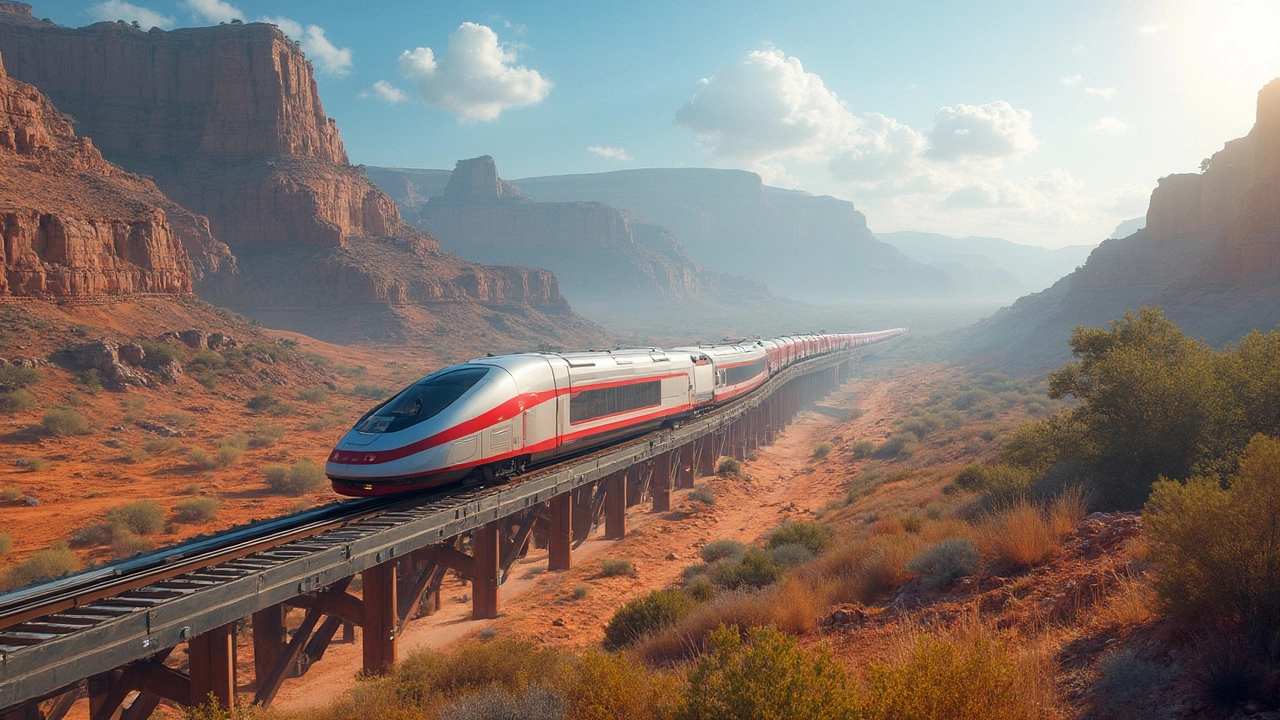Railway Innovation: Why Ladder Track Is Gaining New Ground
If you think railways haven't changed in ages, think again. Ladder track technology, a design dating back to 19th-century Britain, is making a serious comeback. But it’s not just nostalgia—modern versions of ladder track offer real benefits like improved stability and less upkeep. So, what exactly is a ladder track, and why are railway engineers turning back to this old-school design?
Ladder track uses long support beams running alongside the rails connected by cross pieces, unlike traditional sleepers (or railroad ties) that run perpendicular under each rail. This structure spreads out the pressure on the roadbed, making the track more stable and better suited for heavy loads or tricky terrain. Its design also helps reduce noise and vibrations, something urban transit systems especially appreciate.
Modern Advances Bringing Ladder Track to Life
The key to ladder track’s revival lies in new materials and smart engineering. Take Tubular Modular Track, for instance—a version that uses tubular steel elements to make installation faster and maintenance simpler. This is a big deal because old railway designs often meant slow repairs and frequent track wear. With modular ladder tracks, rail operators can swap out damaged sections with less hassle, saving time and money.
Countries like South Africa have already embraced ladder track in projects like the Gautrain, where high-speed and urban rail benefit from its durability. Japan also leads in this area with advanced ladder track configurations developed by the Railway Technical Research Institute (RTRI), showing how the concept continues to evolve worldwide.
Why It Matters to You
Wondering how this impacts your daily commute or freight shipments you depend on? Ladder track means trains can run smoother and safer, with fewer delays due to track problems. It’s also environmentally friendlier since it reduces maintenance work and material waste. Plus, as cities grow and trains carry more passengers, these innovations help keep everything on track—literally.
So, while you might not see ladder track from your window, it’s quietly shaping the future of rail travel across continents. This type of railway innovation blends history with modern tech, proving some old ideas just need a fresh spin to shine again.
Ladder track is a game-changer in the railway system, using innovative longitudinal beams and transverse connectors to support rails. It's an evolution from 19th-century designs, addressing issues like vertical vibrations and noise. Modern versions such as Tubular Modular Track and those developed by Japan’s RTRI offer low-maintenance, stable solutions perfect for wet or desert environments. These technologies pave the way for more efficient and reliable rail travel.


 Sports
Sports